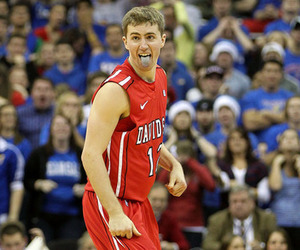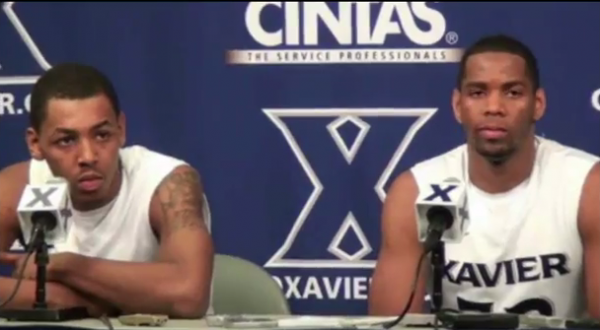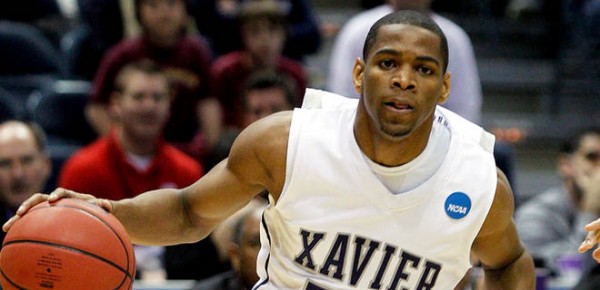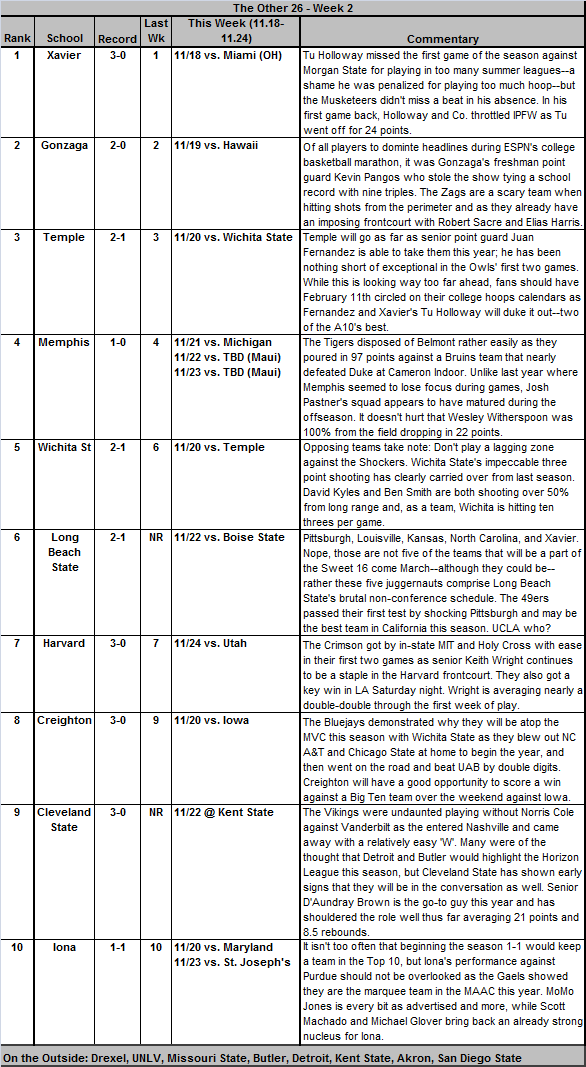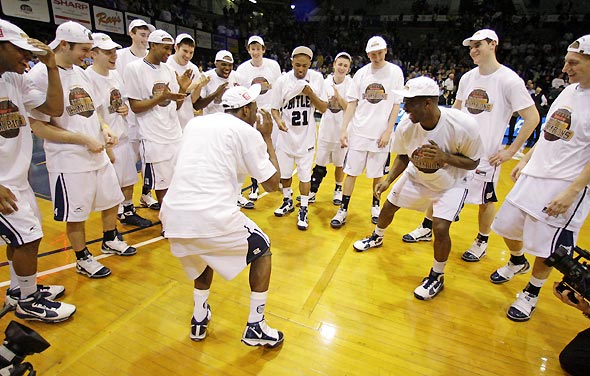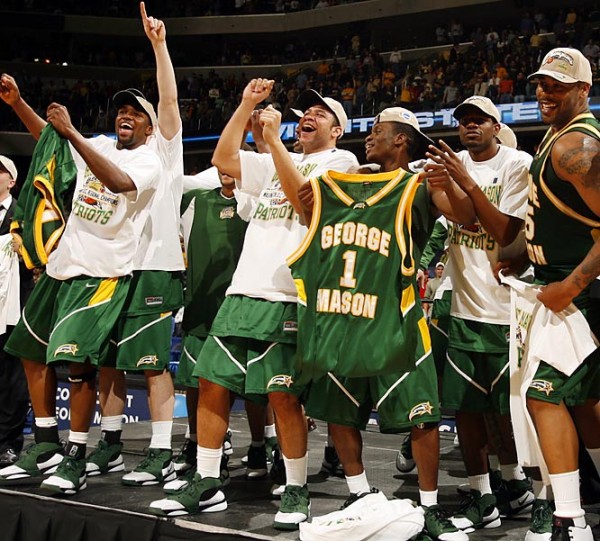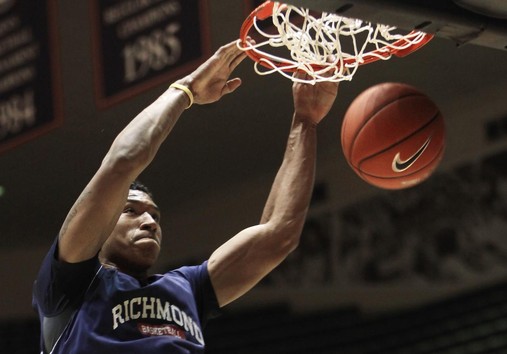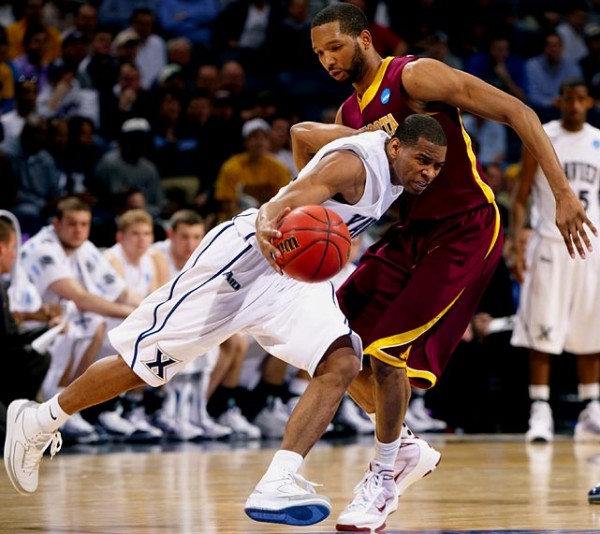The Other 26: Week Six
Posted by IRenko on December 31st, 2011I. Renko is an RTC columnist. He will kick off each weekend during the season with his analysis of the 26 other non-power conferences. Follow him on twitter @IRenkoHoops.
I’ll be honest. I didn’t expect St. Mary’s to be very good this year. Last year, they lost five of their last eight games, including a lackluster home loss to Kent State in the NIT first round. Over the offseason, they said goodbye to their unquestioned leader and star, Mickey McConnell. Although they started the season with a win over Northern Iowa at home, they followed that with a 12-point loss at Denver. Then came a string of victories against middling competition at best and a 13-point loss to Baylor. So coming into this past week, St. Mary’s had a lot to prove, as far as I was concerned. And, well, at a minimum they proved me wrong.
First was last Friday’s neutral floor matchup against Missouri State, a strong if not outstanding team (more on them down below). The Gaels handed them a decisive 77-61 defeat. So far, so good. But still, how would St. Mary’s fare against their prominent conference foes — BYU and Gonzaga — once the WCC season kicked off? Could they register a win against a top 30 team? Well the Gaels answered that question with authority Thursday night, posting their second straight 16-point win.
Mea culpa. St. Mary’s is, indeed, a very good team that has a chance to make some noise in March, as it did two years ago. But I owe them a bit more introspection than that. How, exactly, have the Gaels built their 12-2 record and top 25 Pomeroy rating?
- Stat sheet stuffers — Fifth-year senior forward Rob Jones and junior guard Matthew Dellavedova lead the team in scoring, but they do much more than that. Jones is an excellent rebounder who averages a double-double. Witness his 24 points and 15 boards against BYU. Dellavedova, meanwhile, is averaging 6.7 assists per game. Against Missouri State, he finished with 17 points, eight assists, and five rebounds. And against BYU, he 18 points, 12 assists, six rebounds, and four steals. Complete play from your best players helps stitch the fabric of a well-rounded team that is more than the sum of its parts.
- Offensive rebounding — In whipping up on Missouri State, St. Mary’s showed off an underrated asset — the ability to dominate a team on the glass. They hauled down approximately 90% of Missouri State’s missed shots and 30% of their own. The difference in offensive rebounding allowed them to take 12 more shots and cruise to victory. The Gaels didn’t let up against BYU. Although the Cougars are a very strong defensive rebounding team, St. Mary’s pulled down almost 40% of their own missed shots and 67% of BYU’s. On the season, the Gaels’ offensive rebounding percentage is 12 percent higher than their opponents’.
- Balanced production — The departure of McConnell may have produced a team that is more offensively balanced, but just as efficient, as last year’s team. In both of their wins this past week, four players finished in double figures. And that was without Clint Steindl, who averages nine points per game, but was out with injuries. Against BYU, Jones paced the team with 24 points, but Stephen Holt added 21 and Dellavedova 18. By contrast, in their loss to Denver, Jones and Dellavedova scored 21 and 20 each, but no one else posted more than six points.
- Improved defense — The Gaels’ shot-stopping ability has improved this year, as they have a much better defensive FG%. They didn’t show that as much against Missouri State and BYU, both of whom shot the ball at a reasonable clip. That makes one wonder whether this newfound defensive strength is sustainable against high-quality opponents, but it’s at least a start to build on.
After the updated Top 15, we recap the wild start to the MVC season, preview a New Year’s Eve feast, and delve into much more in the week that was and the week that will be.






























